New Taschen book ‘The Computer’ is a monumental survey
‘The Computer’ from Taschen is a richly illustrated history of society’s ever-evolving relationship with the silicon chip
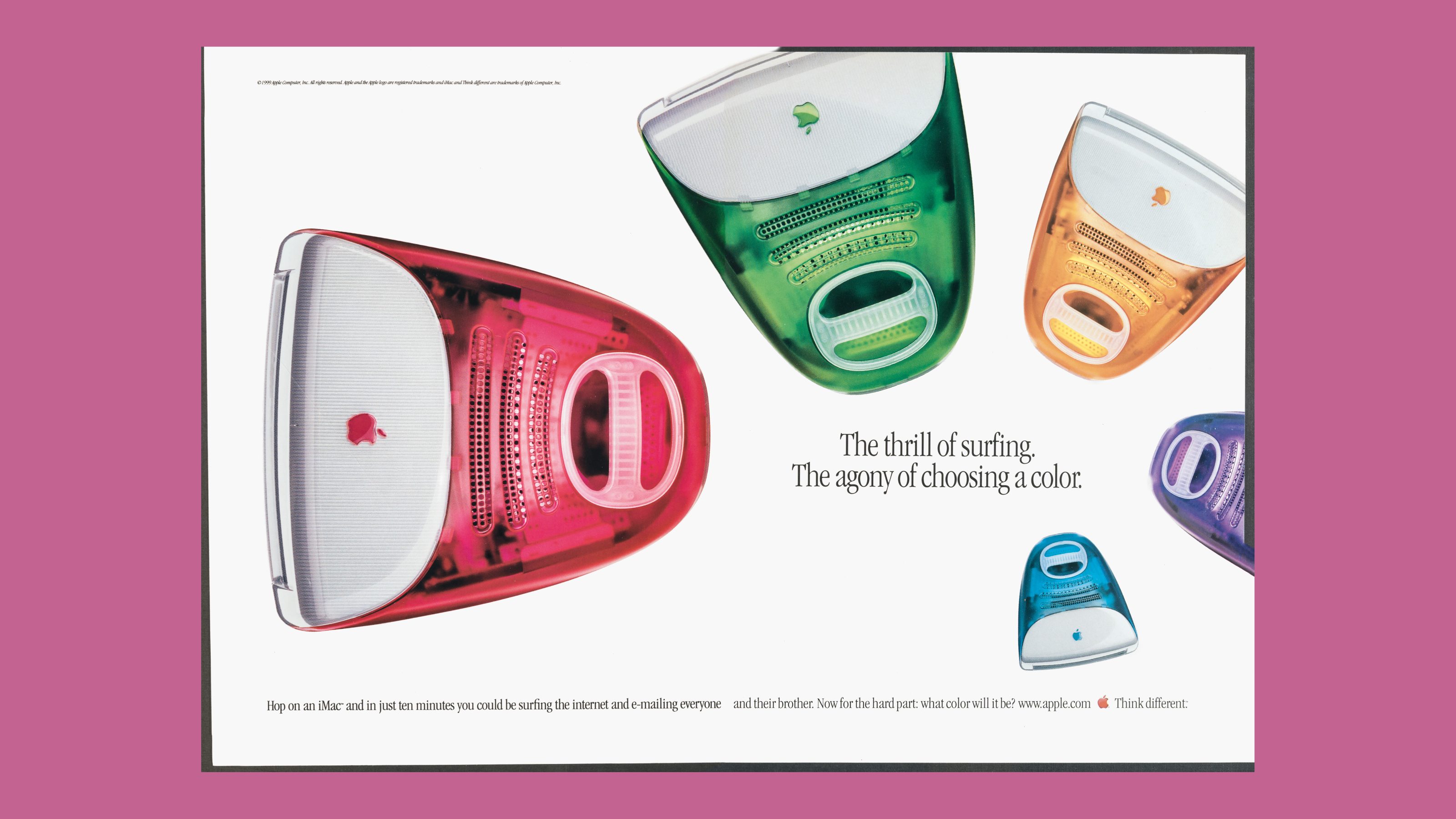
Taschen delves into the rich visual history of the computer with this new XL-scale book, edited by graphic designers and historians Jens Müller and Julius Wiedemann. Casting its net back into the pre-digital age, The Computer explores the mechanical precursors to the modern age, from the calculating machines of Babbage and Lovelace to even earlier counting and computing devices.
Taschen’s The Computer: a monumental new book
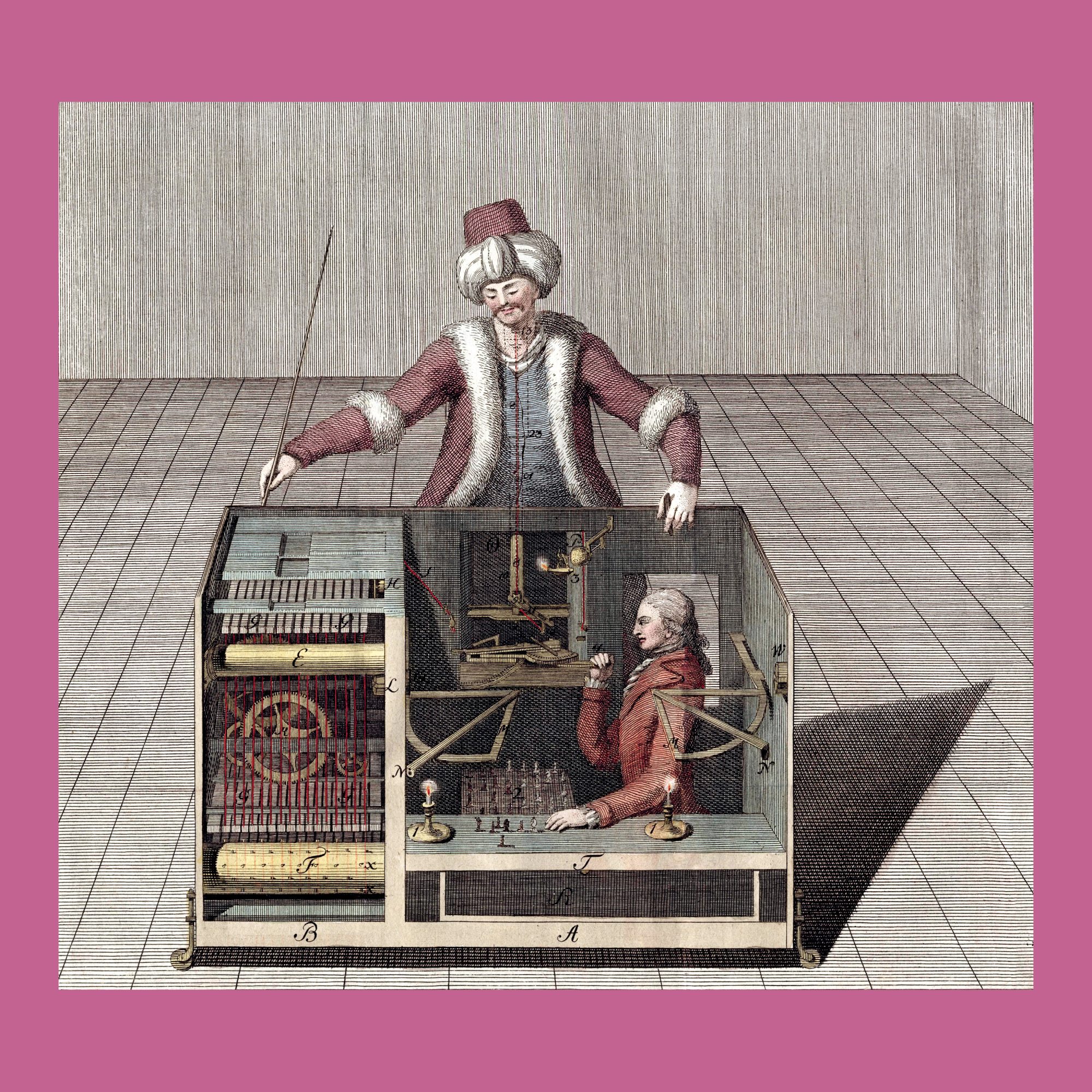
The Mechanical Turk, by Hungarian inventor Wolfgang von Kempelen (1734 – 1804), was an early fraudulent AI
Where this book shines is in its presentation of archive images and vivid modern photography of some of the literal colossi of early computer design, in all their room-filling, reel-to-reel button-festooned glory. These sumptuous spreads are paired with intriguing illustrated sidetracks into the advertising, media coverage, science fiction visions and speculative research of each era.
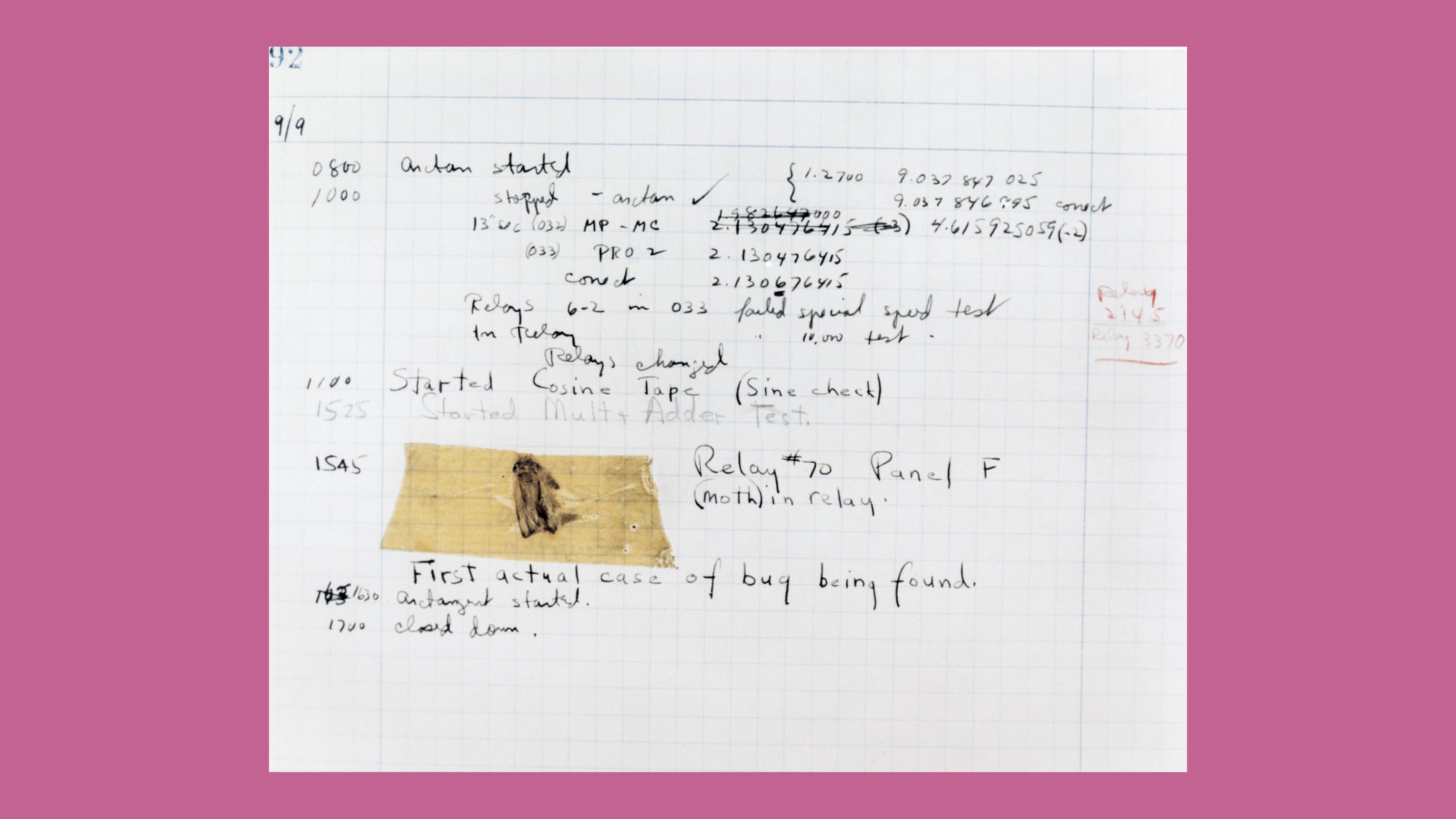
‘First actual case of bug being found’, the moth found in the relay of Harvard University's Mark II computer, 1947
Backing all this up is an ongoing glossary of the language of computing, alongside profiles of the pioneering men and women – and major corporate players – that shaped this multi-billion dollar industry that is increasingly at the beating heart of every aspect of society.
It’s a titanic piece of work, presented in Taschen’s trademark trilingual style, and the threads of our silicon-driven social anxiety are also fully represented, as newspapers and magazines laid bare concerns about automation, robotisation, and, from a surprisingly long time ago, the impact of artificial intelligence.
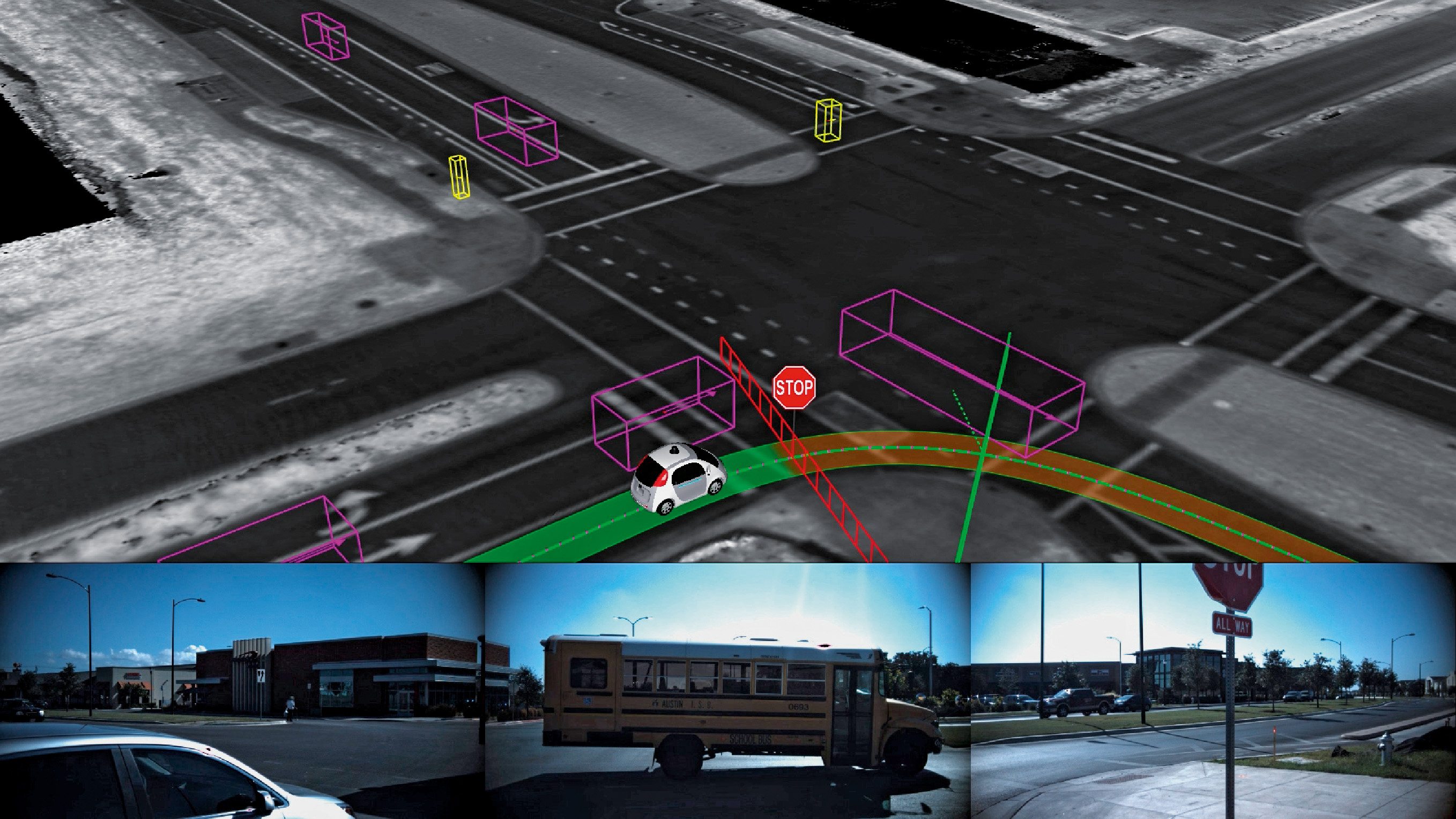
'Visualization of the merged 360-degree camera images of a Waymo vehicle'
This is a book about hardware and software, silicon and society. As circuit boards shrank and the PC age dawned, communications and entertainment brought computers into every home and, eventually, pocket. The retro vibes get stronger and stronger as the book takes us through the ever-evolving form of the personal computer, its ever-improving graphical capabilities and its tentacular creep into every facet of our daily lives.
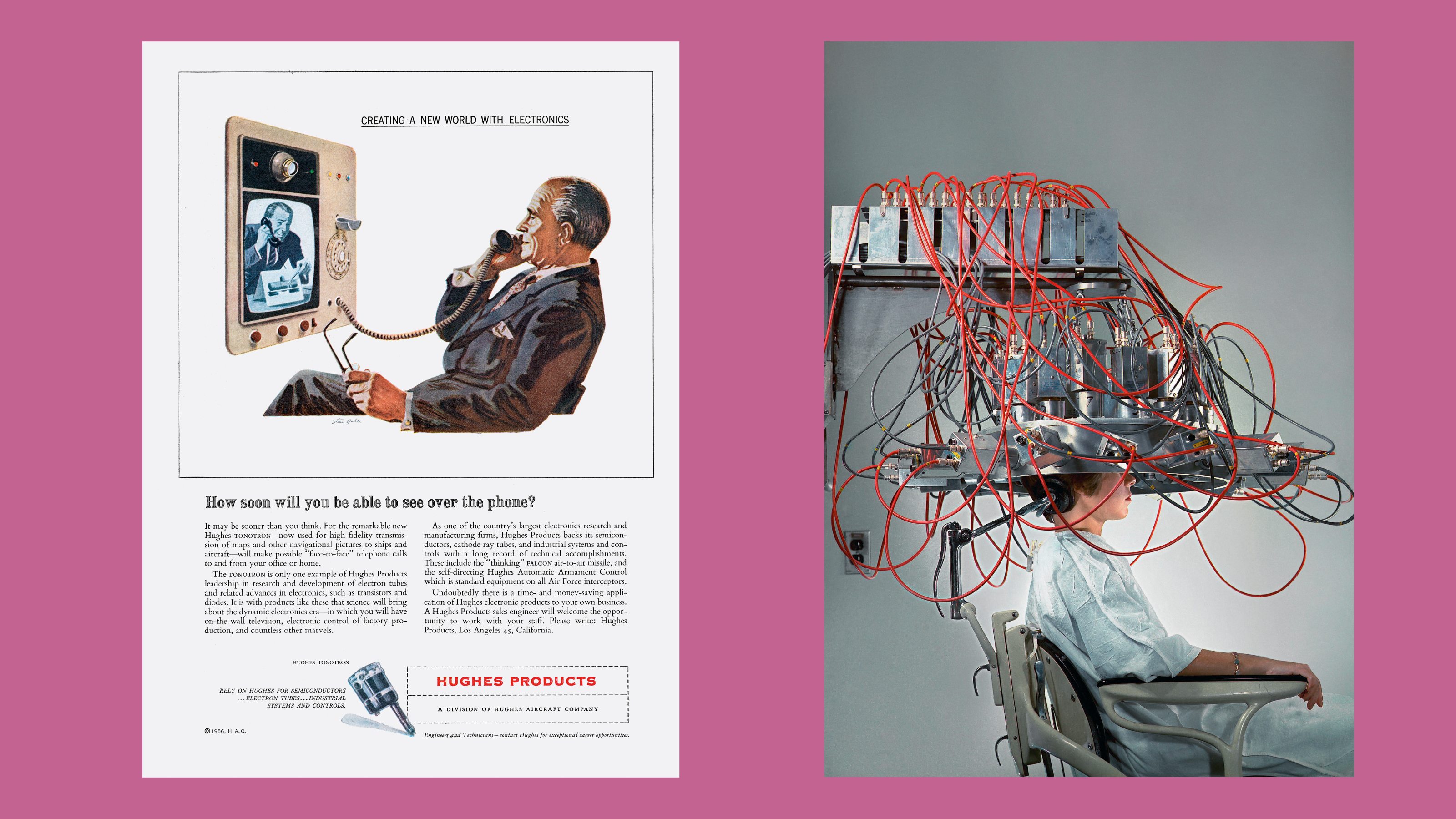
(Left) A videophone from Hughes Aircraft Company advert, 1956; (right) Brookhaven National Laboratory uses sensors to detect the processes of the active brain, 1970s
The arrival of the internet, Wifi, industrial robotics, gaming consoles, mobile phones, drones, robots, online porn, Apple, Google, the Smart Home, social media, Wikipedia and the inexorable rise and problematic prominence of dotcom billionaires leads to a final chapter. This is what the editors call the ‘All-Digital Age’, where we live in a cloud and computation handles a billion unseen processes to help our lives run the way they do.
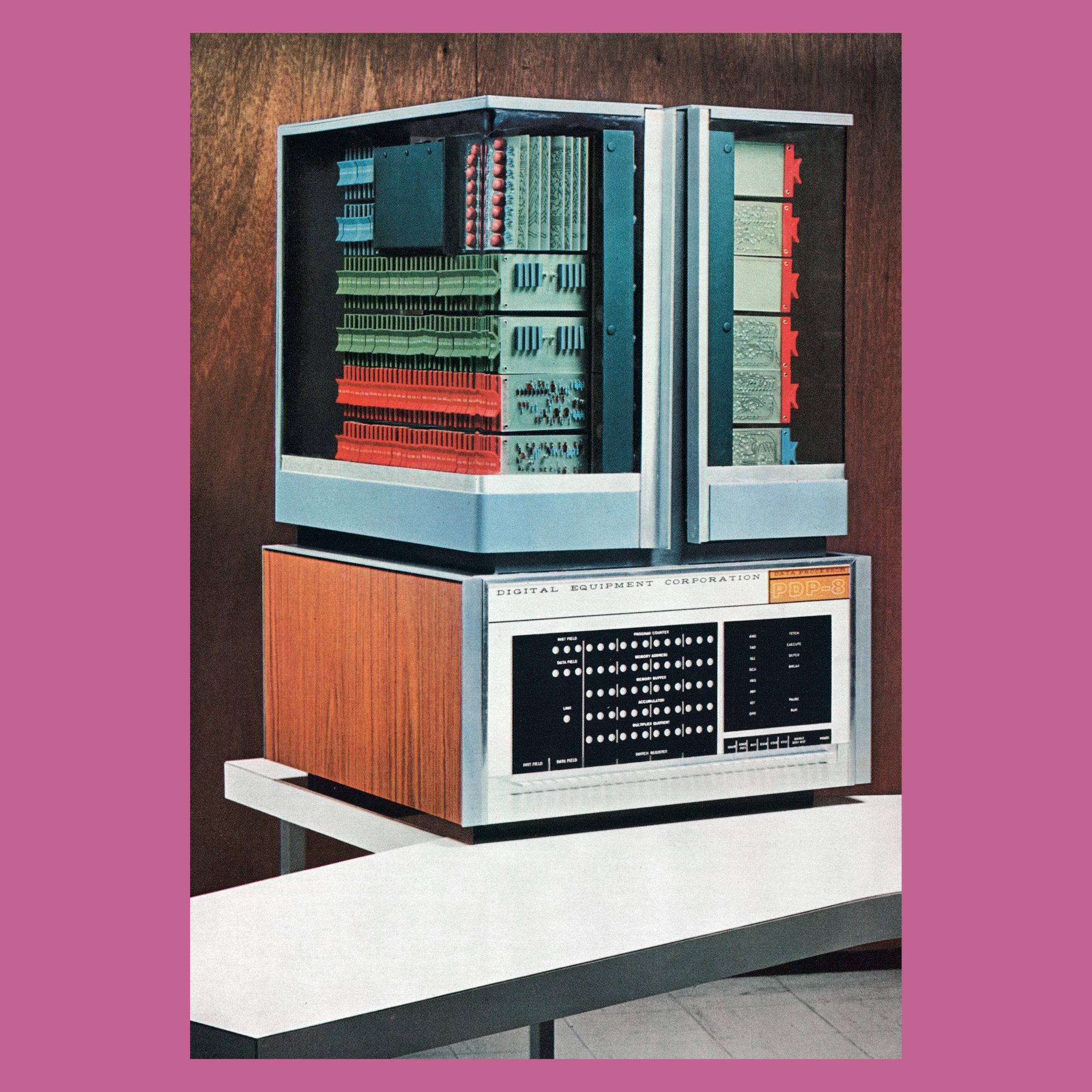
Digital Equipment Corporation's PDP-8, 1965, 'the first genuine desktop computer'
The final entry is on quantum computing, the devices that will liberate computers from their current binary existence and open up new worlds. Based on the 450-plus pages that precede it, our collective minds will inevitably deploy this vastly more powerful technology to conjure up things we can’t currently imagine, for better and for worse.
Wallpaper* Newsletter
Receive our daily digest of inspiration, escapism and design stories from around the world direct to your inbox.
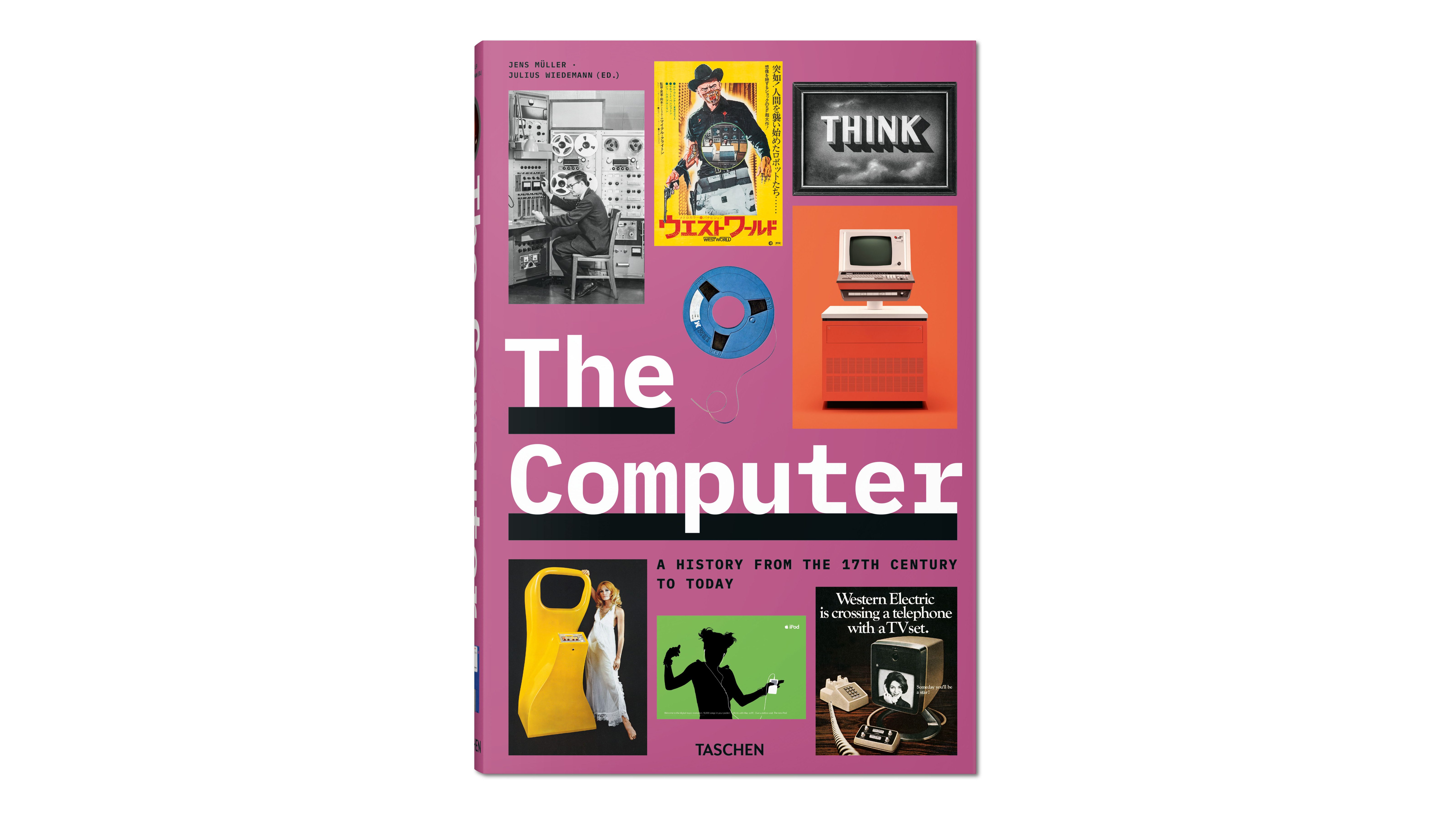
The Computer: A history from the 17th Century to Today, Taschen
The Computer: A history from the 17th Century to Today, edited by Jens Müller and Julius Wiedemann, £60, Taschen, Taschen.com
Jonathan Bell has written for Wallpaper* magazine since 1999, covering everything from architecture and transport design to books, tech and graphic design. He is now the magazine’s Transport and Technology Editor. Jonathan has written and edited 15 books, including Concept Car Design, 21st Century House, and The New Modern House. He is also the host of Wallpaper’s first podcast.
-
 ‘Humour is foundational’: artist Ella Kruglyanskaya on painting as a ‘highly questionable’ pursuit
‘Humour is foundational’: artist Ella Kruglyanskaya on painting as a ‘highly questionable’ pursuitElla Kruglyanskaya’s exhibition, ‘Shadows’ at Thomas Dane Gallery, is the first in a series of three this year, with openings in Basel and New York to follow
By Hannah Silver
-
 Australian bathhouse ‘About Time’ bridges softness and brutalism
Australian bathhouse ‘About Time’ bridges softness and brutalism‘About Time’, an Australian bathhouse designed by Goss Studio, balances brutalist architecture and the softness of natural patina in a Japanese-inspired wellness hub
By Ellie Stathaki
-
 Marylebone restaurant Nina turns up the volume on Italian dining
Marylebone restaurant Nina turns up the volume on Italian diningAt Nina, don’t expect a view of the Amalfi Coast. Do expect pasta, leopard print and industrial chic
By Sofia de la Cruz
-
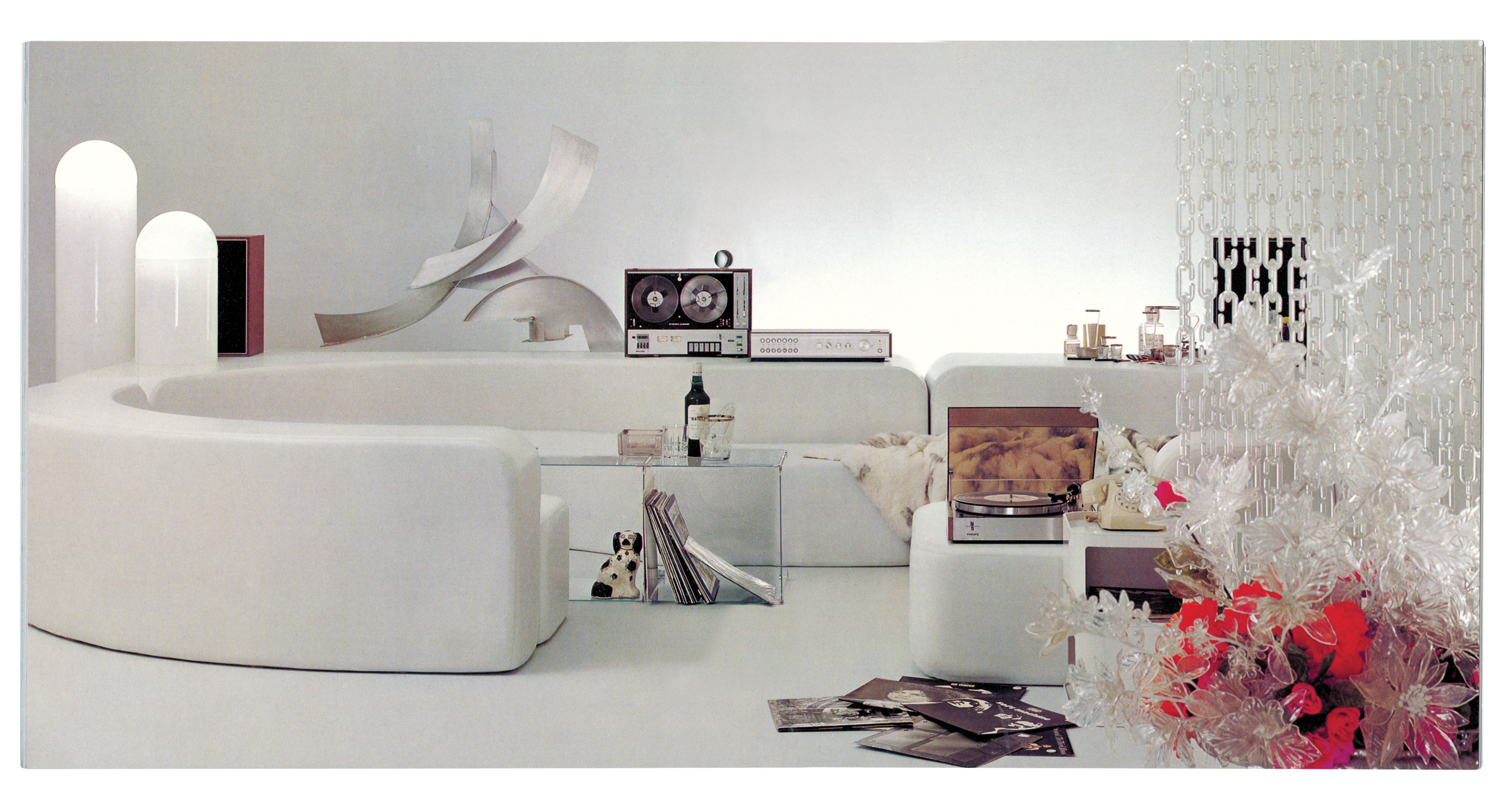 ‘Audio Erotica’ charts home audio through promotional graphics and imagery
‘Audio Erotica’ charts home audio through promotional graphics and imagery‘Audio Erotica: Hi-Fi Brochures 1950s-1980s’ is a playful survey of three decades’ worth of design for listening
By Jonathan Bell
-
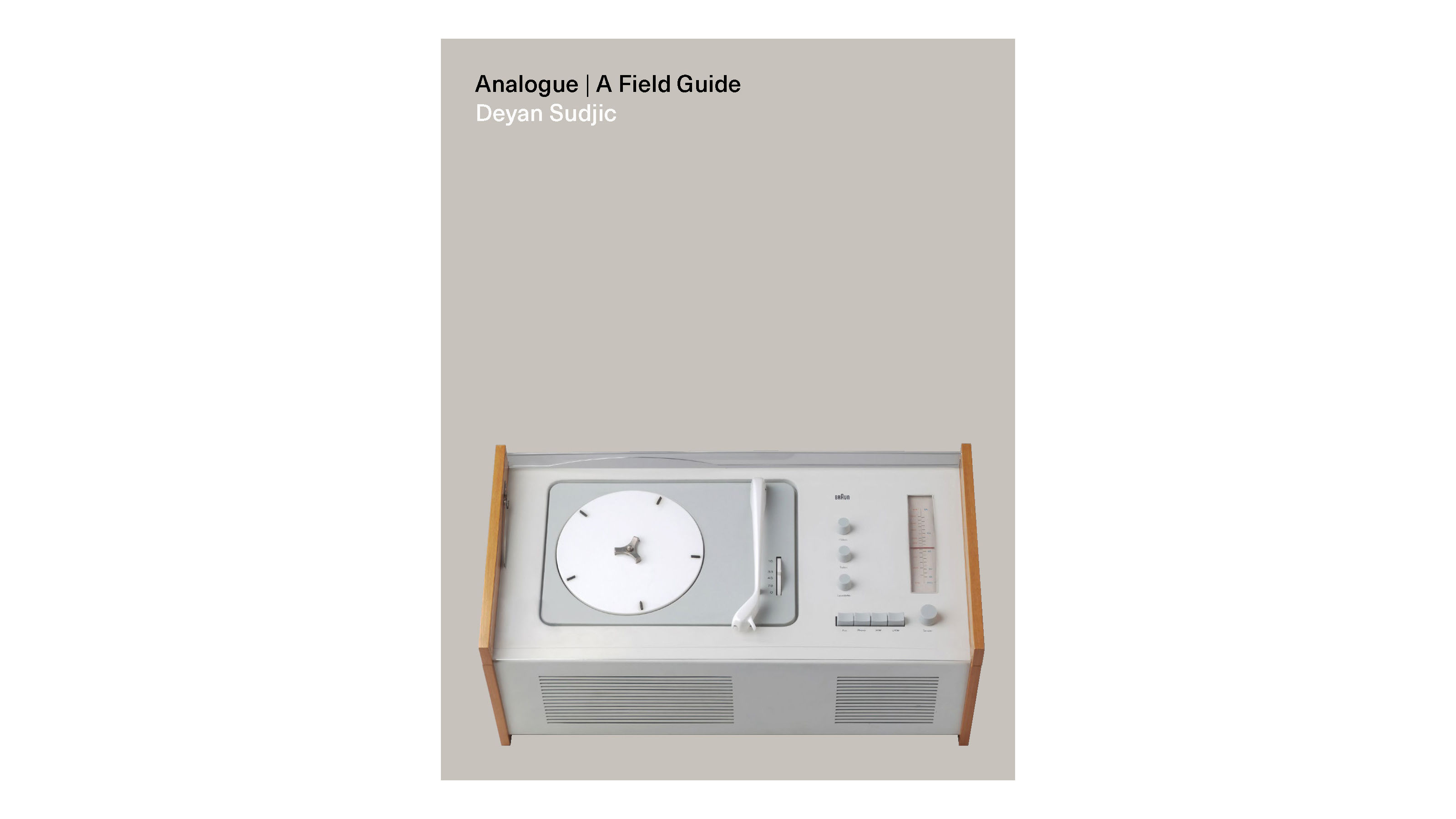 Deyan Sudjic’s new book explores the appeal of analogue technology
Deyan Sudjic’s new book explores the appeal of analogue technology‘Analogue: A Field Guide’ by Deyan Sudjic delves into the design history of hundreds of iconic pieces of personal tech
By Jonathan Bell
-
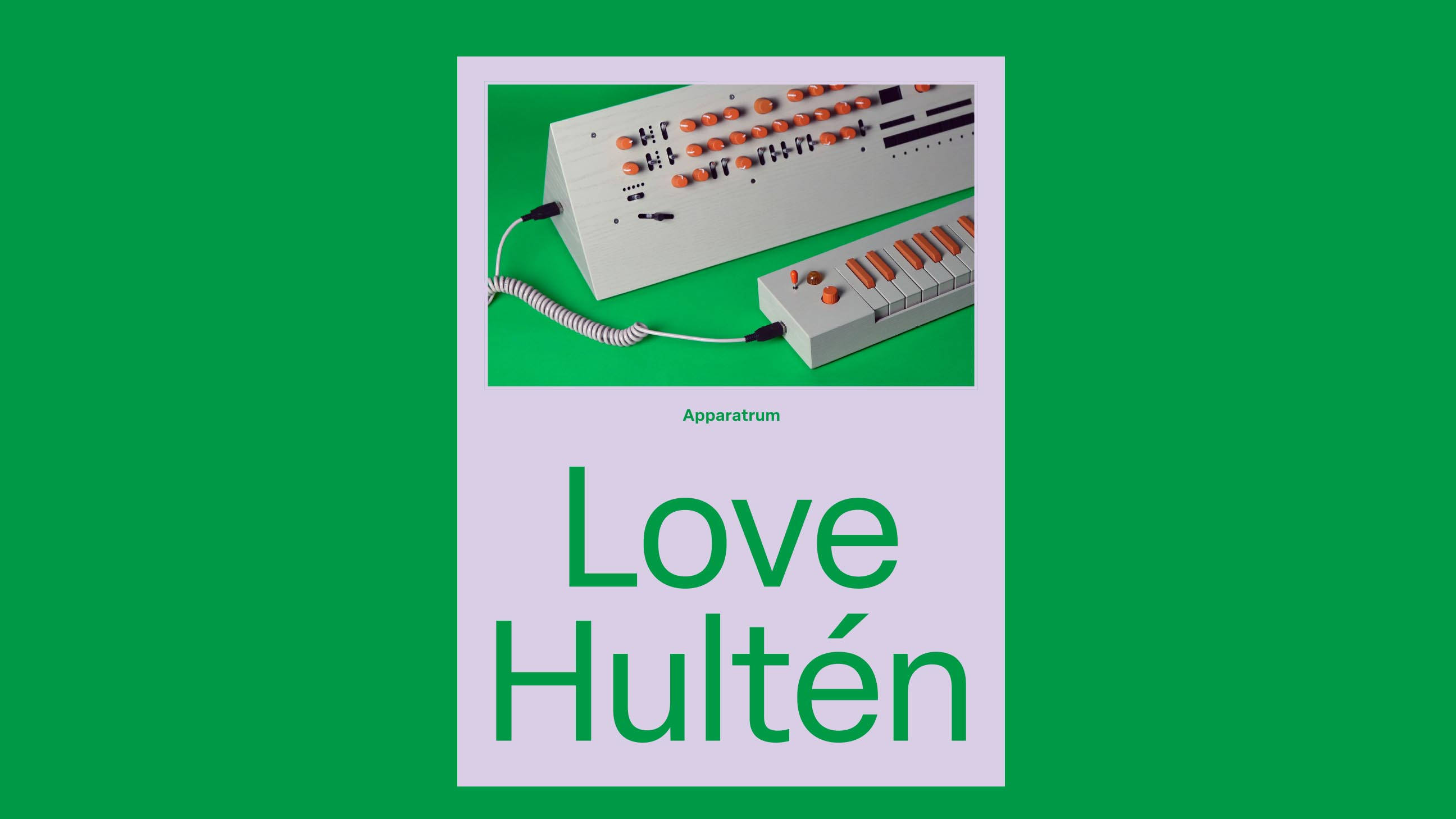 ‘Apparatrum’ is a book exploring the craft of synthesist and inventor Love Hultén
‘Apparatrum’ is a book exploring the craft of synthesist and inventor Love Hultén‘Apparatrum’ charts the life and work of Swedish craftsman Love Hultén – you’ll have to move fast to secure the limited-edition version
By Jonathan Bell
-
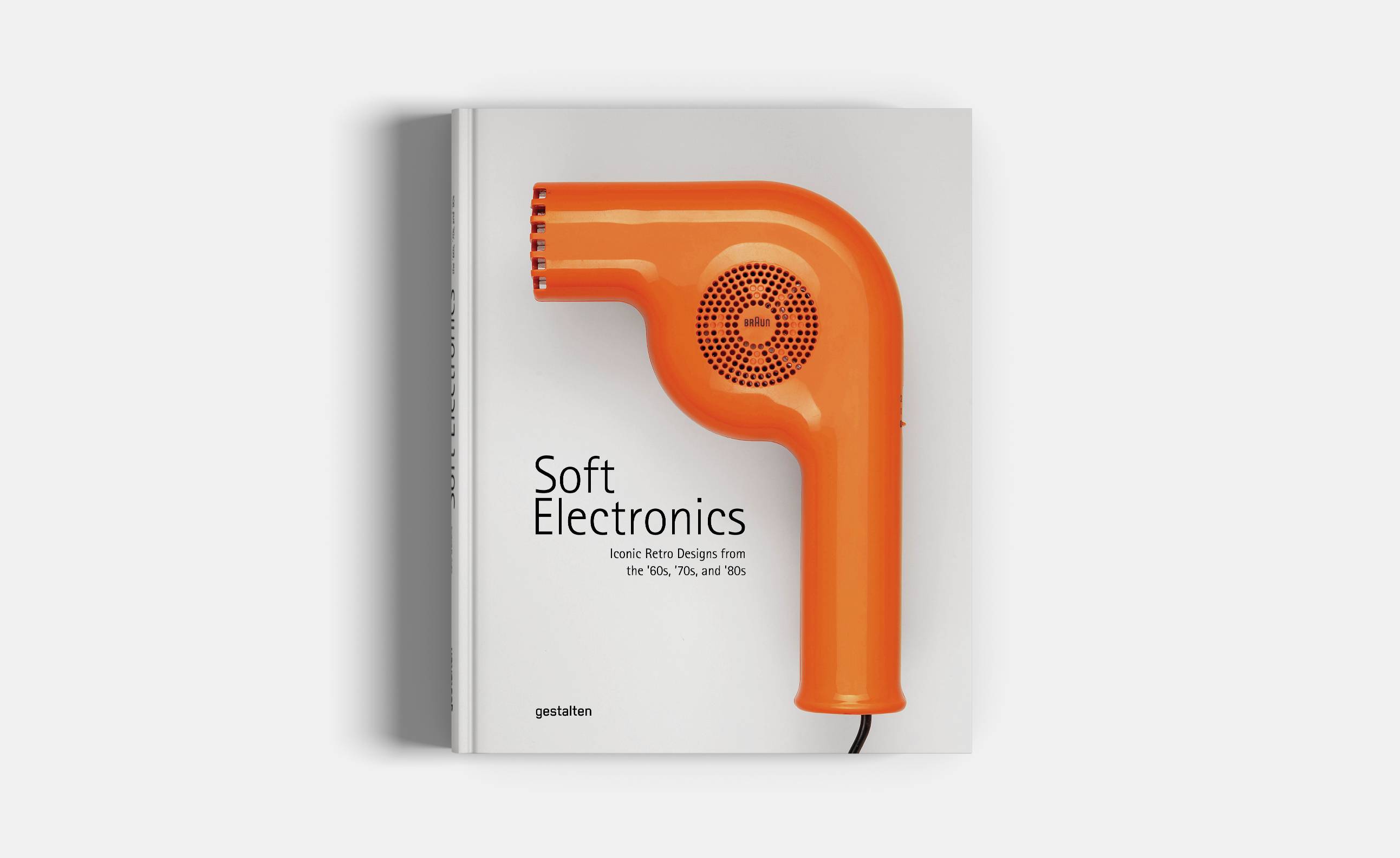 ‘Soft Electronics’: this polychromatic old consumer tech will blow you away
‘Soft Electronics’: this polychromatic old consumer tech will blow you awayVintage electronics and obsolete appliances are explored in all their curvy, colourful and quirky glory in a new book, Soft Electronics, by Dutch designer Jaro Gielens
By Jonathan Bell
-
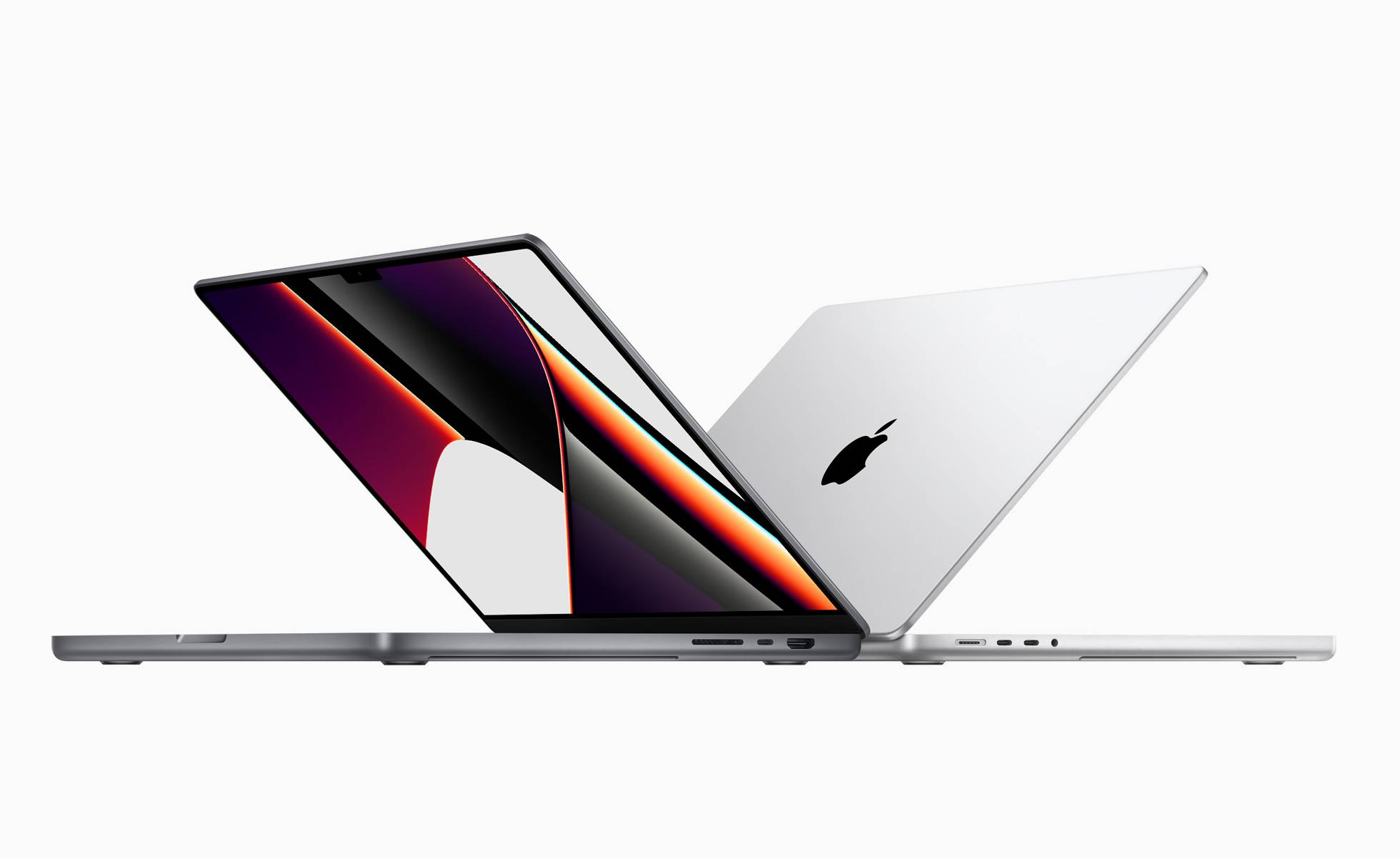 Key design innovations in the new Apple Watch, iPhone, and MacBook Pro
Key design innovations in the new Apple Watch, iPhone, and MacBook ProApple’s latest round of innovations delivers a wealth of fingertip functionality – here’s what to expect from the Apple Watch 7, iPhone 13 Pro, and MacBook Pro
By Nick Compton
-
 New books: how designers see the world
New books: how designers see the worldOur round-up of new books spans James Dyson on his hits and misses, Stephen Bayley on the combustion age, an exploration of vintage synthesisers, and an axe lover’s handbook
By Jonathan Bell
-
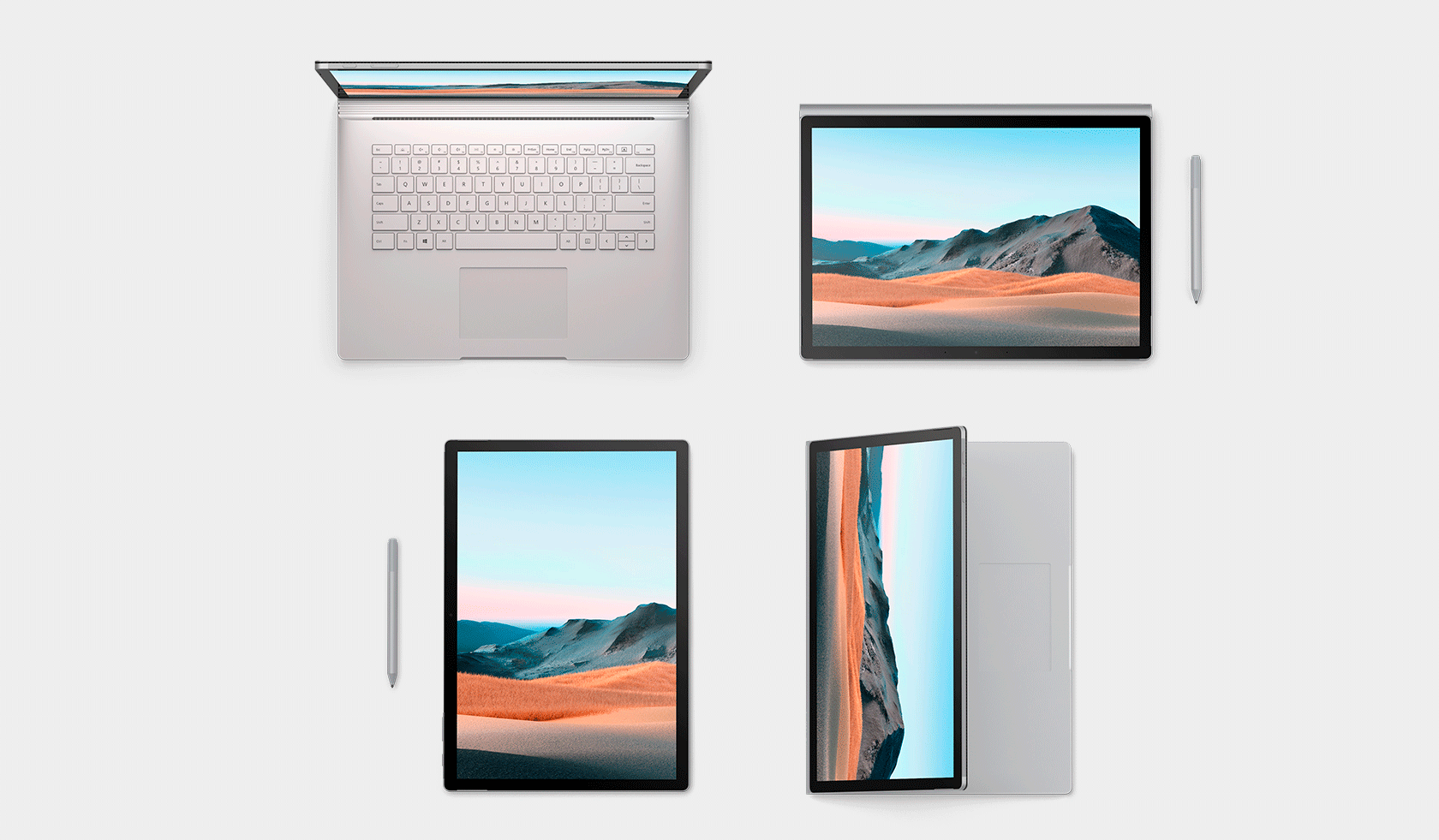 Supercharge your productivity with Microsoft Surface Book 3
Supercharge your productivity with Microsoft Surface Book 3Microsoft's laptop-tablet hybrid combines the full power of a laptop with the detachable portability of a tablet
By Jonathan Bell
-
 Space out: a history of NASA’s graphic design
Space out: a history of NASA’s graphic design‘The Worm’ is a showcase of NASA's iconic logos – from the original 1974 manual, all the way to up to its eventual banishment in the early 1990s
By Jonathan Bell